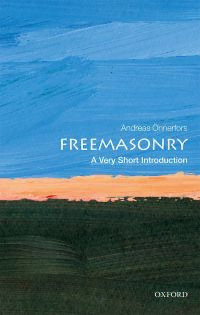
Freemasonry: A Very Short Introduction PDF
Preview Freemasonry: A Very Short Introduction
Cover page Page: i Halftitle page Page: i Series page Page: ii Title page Page: xi Copyright page Page: xii Contents Page: xiii Acknowledgements Page: xv List of illustrations Page: xvii List of abbreviations Page: xix 1 Two approaches to freemasonry Page: 1 Idealization Page: 1 Distrust Page: 4 Striking a balance Page: 6 Freemasonry—a short overview Page: 8 Terminology Page: 13 2 Three centuries of freemasonry Page: 14 The 18th century Page: 14 The 19th century Page: 17 The 20th century Page: 25 The 21st century Page: 30 3 Historical legacies Page: 34 Guild traditions Page: 37 Knighthood imagined Page: 39 Hieroglyphs, emblems, and vision: the Renaissance heritage Page: 43 4 Enlightenment foundations Page: 46 The ideas of modern freemasonry: the 1723 Constitutions Page: 47 Secrecy and society Page: 55 Philanthropy, charity, and cosmopolitanism Page: 59 5 From darkness to light Page: 63 The craft degrees of freemasonry Page: 68 Development and motives of higher degrees Page: 74 Masonic rites between inclusion, delimitation, and authority Page: 77 Purpose of rituals Page: 79 6 Organizational culture Page: 81 Regularity and recognition Page: 83 A culture of self-governance Page: 88 Lodge organization, numbers, and names Page: 90 7 Brotherhood challenged Page: 93 Organization and development of female freemasonry Page: 94 The female adoption ritual Page: 99 8 Perceptions, prejudices, and persecutions Page: 105 Freemasonry and the press—topics and trends Page: 106 Regulation and suppression Page: 110 The modern conspiracy myth Page: 114 Freemasonry and anti-Semitism Page: 115 References to the masonic conspiracy myth in pop culture Page: 118 The attractiveness of the myth Page: 120 Timeline Page: 125 Further reading Page: 127 Index Page: 133 Social Media Page: 138 Online Catalogue Page: 139 Globalization Page: 140
Description: